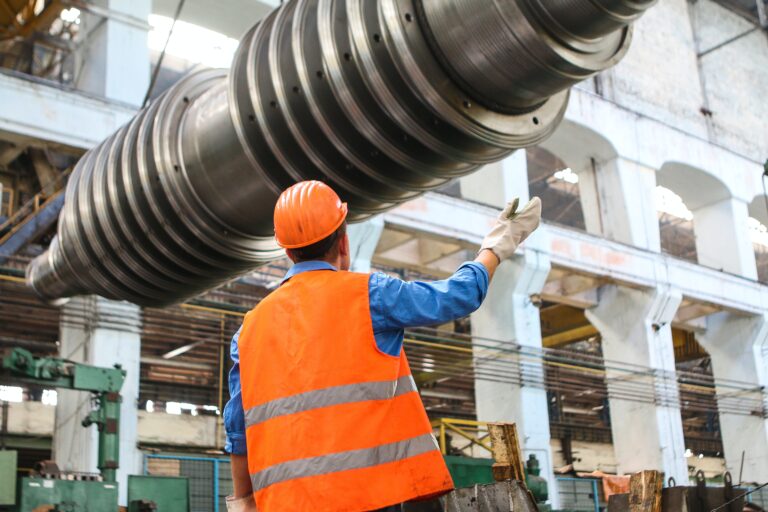Construction is an industry that comes with various risks, not just to workers, but also owners and contractors. From delays to an evolving scope of work, material prices, and safety hazards, contractors face many challenges.
However, by including contract clauses and specific language that addresses these risks and outlining how they will be handled, it’s possible to mitigate some risk and ensure the success of the project. In this article, we’ll explore common risks of construction and how to mitigate them through specific construction contract language.
Navigating the Minefield: Common Risks Faced During Construction Projects
Delays
Perhaps the top risks in construction are delays. Delays can be caused by weather, design changes, labor or material shortages, unexpected site conditions, or permitting or regulatory issues. Contractors should include specific clauses in their contracts that allocate responsibility between the contractor and the owner for any delays that are both within and outside of their control. These clauses should include provisions such as a construction schedule with clear deadlines, as well as a process for requesting and approving change orders due to delays.
Liquidated damages or incentives for timely completion can also be included in contracts to mitigate potential project delays.
Force majeure clauses can excuse a contractor if a major event occurs, like a natural disaster or a labor shortage. A no damage for delay clause can put the contractor at risk, as the owner can suspend or delay work and is not required to pay compensation for the delay.
Material Prices and Availability
Material prices and availability can fluctuate significantly due to supply and demand issues, global economic conditions, geopolitical issues, manufacturing or distribution problems, natural disasters, etc. To prepare for this risk, contractors should include language in their contracts that outlines how material costs will be handled (e.g., budget adjustments based on changes in material prices), as well as specifies the advance notice required for any significant material cost increases.
Contractors should also require the owner to provide necessary information and support to facilitate procurement of materials. For example, approving the materials quickly, and providing funding up front. Furthermore, language regarding substitute materials or alternative sourcing options should be included in case material shortages occur.
Evolving Scope of Work
The scope of work may change over time due to design modifications, unexpected site conditions, owner-requested changes and more. Contractors must address this risk in their contracts by including provisions for change orders that document any modifications made along with their impact on project costs and timelines.
The process for requesting and approving change orders should also be detailed with requirements for providing documentation of all changes. Regular progress meetings between contractor and owner can help to ensure any scope-related issues are identified and addressed promptly.
Safety Hazards
Safety hazards are a common risk in construction, and the health and safety of the workers must take priority. There is specific language to include in the contracts to establish who has liability should an accident occur.
Safety hazards must be addressed in contracts via clauses outlining safety requirements and responsibilities, such as training and personal protective equipment (PPE), as well as processes for identifying and reporting safety hazards and implementing corrective actions when necessary. Specific safety plans and procedures, such as inspections and audits, should also be incorporated along with emergency response plans.
Payment Disputes
Payment disputes are another problem within the construction industry, as payment amounts and schedules can often become sources of contention. Contractors must include language detailing payment schedules and amounts, and provisions for interest payments and late fees if applicable.
Dispute resolution processes, such as mediation or arbitration, as well as the recovery of attorney’s fees, must also be outlined. Payment bonding and surety provisions may also help mitigate these risks if included in contracts.
Whether the payment is delayed, the owner refuses to pay, or the contractor is not paying a subcontractor, payments are a common theme for legal disputes. To help avoid payment issues, contractors can add in clauses that require interest on late payments or a clause that clearly defines the payment schedule whether by date or by work completed.
The Bottom Line: Automate Your Construction Contract Review with BlackBoiler
The construction industry is vulnerable to many risks, to property owners, contractors and workers. While some risks are unavoidable, construction contractors can add certain clauses to help ensure a safe, profitable job. Using specific construction contract language can improve the experience for all parties involved.
However, reviewing and marking up contracts can be a time-consuming and error-prone process, especially when dealing with complex construction contracts. That’s where BlackBoiler comes in. Their patented Automated Contract Markup uses AI and machine learning to instantly review contracts right in “Track Changes”. This ensures that your contracts are always in line with industry best practices and your specific business.
Using the six common construction contracts and BlackBoiler’s automated contract review software can help ensure that your contracts are tailored to your business needs and always in compliance with industry best practices. By taking these steps, you can reduce risk, improve efficiency, and ultimately ensure the success of your construction projects. To schedule a demo of BlackBoiler’s contract review software, click here.


